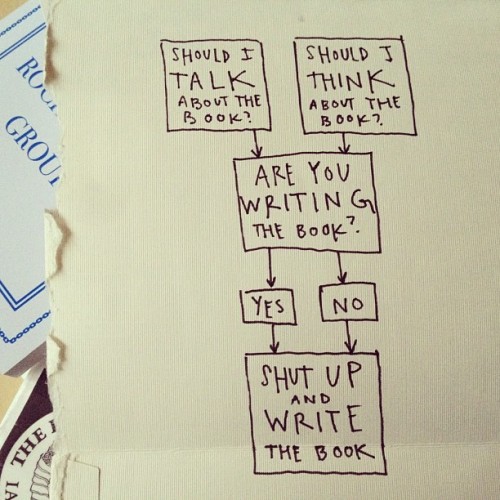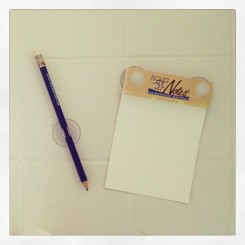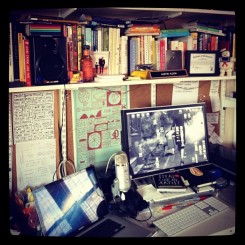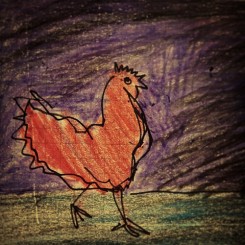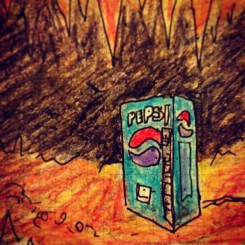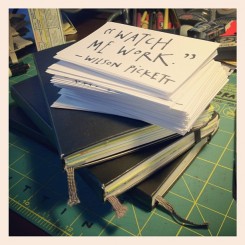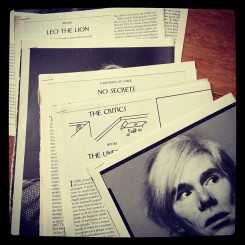
Some mornings, after our walk, my 21-month-old son and I will sit on our front steps and draw on a little square of the sidewalk with chalk. Birds (“brrr!”), trucks (“chuck!”) and maybe the letter S (“esh!”) or B (“buh!”) It never gets old, but it gets hot, so when we’re sweaty enough, I stick the little box of sidewalk chalk behind a potted plant on our porch, and we go back inside the house.
* * *
This morning when we got back from our walk, I noticed someone had taken the red chalk from the box and written down the sidewalk:
COMPOST!!! COMPLETES THE CYCLE. CREATES COMMUNITY. “CATCHING.”
At first I was puzzled by the graffiti, but then I looked across the street at the signs stuck in my neighbors’ tree lawns, advertising the URL of the local “bike-powered compost recycling” startup. And like Will Graham in an episode Hannibal, I blinked my eyes a couple times, and reconstructed the scene: The Composter, biking the big barrel around, collecting the green buckets from porches, comes across my porch, which is bucketless. The Composter takes in our drawings, notices the sidewalk chalk, and sees not a marketing opportunity, no, but a chance to spread the message.
* * *
I’ve been feeling cranky lately about the slogans I’ve seen coming from the “creative” slash “entrepreneural” slash “startup” worlds:
MAKE YOUR MARK.
PUT A DENT IN THE UNIVERSE.
It strikes me that both of these metaphors involve vandalism.




